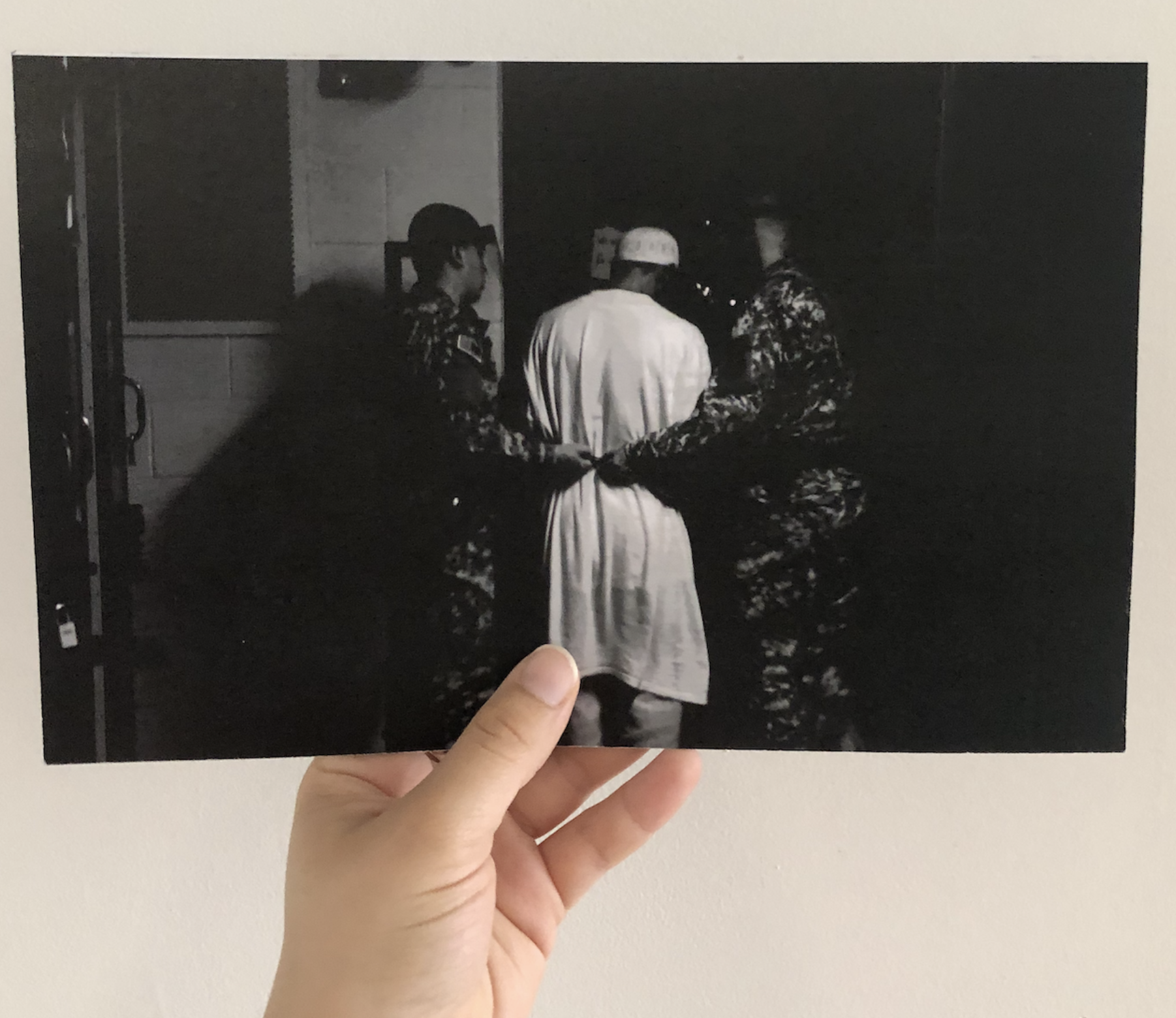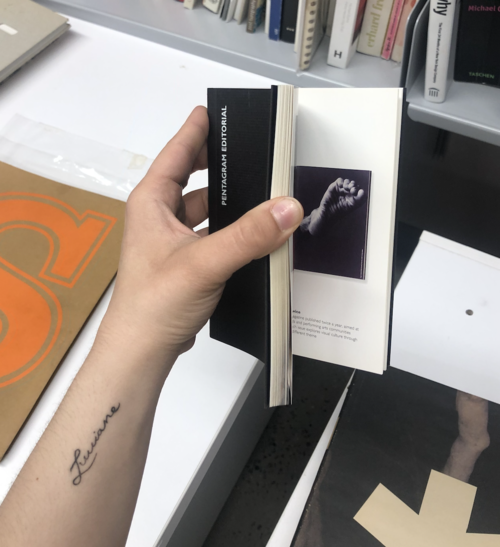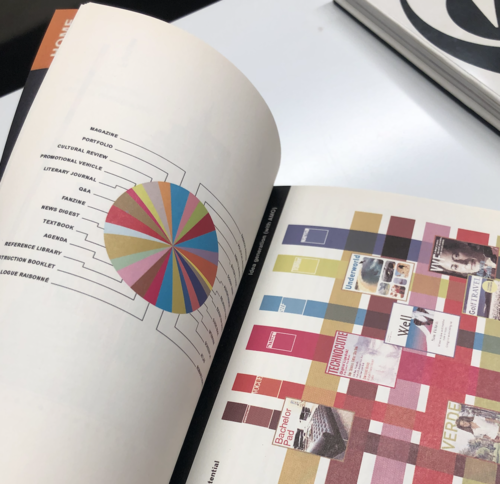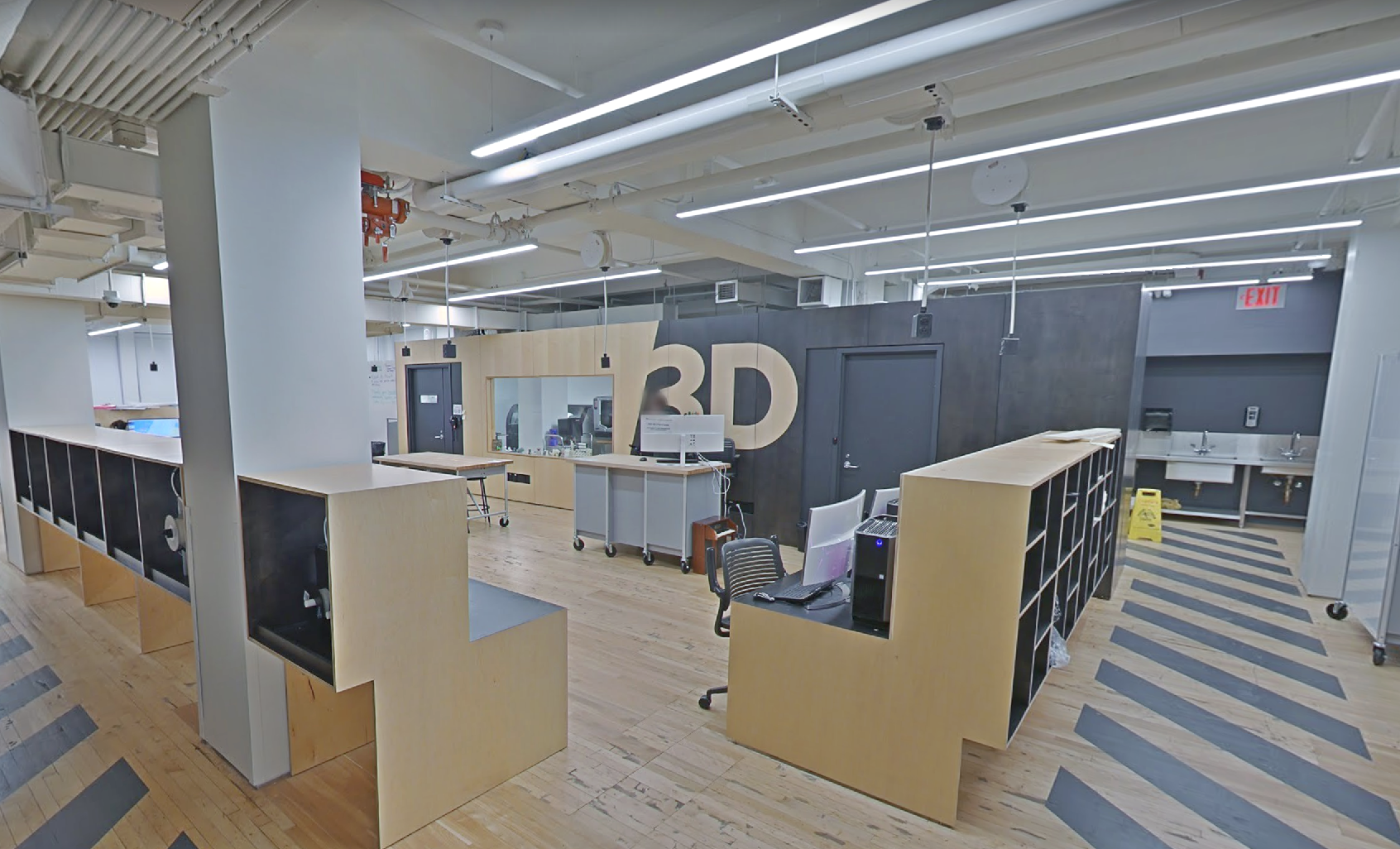Experimental Mixed Media Book Design:
Detainee Policies Documents by Wikileaks
Summary
The driving force behind this booklet was wanting to explore different printing methods. The idea of government secrecy came with a desire of wanting to work with translucent material such as tracing and vellum papers. With transparency in mind, Wikileak’s objective of divulging government documents was perfect.
The Wiki Document
“The ’Detainee Policies’ provide a more complete understanding of the instructions given to captors as well as the ’rights’ afforded to detainees. We call upon lawyers, NGOs, human rights activists and the public to mine the ’Detainee Policies’ and investigate important issues such as the denial of access to the ICRC (International Committee of the Red Cross) to detainee facilities, as well as to research and compare the different generations of SOPs and FRAGOs to help us better understand the evolution in these policies and why they have occurred.”
GATHERING INSPIRATION
During class we took two field trips to look at gorgeous printed books, touch different paper stocks and learn more about the mass printing and the publishing world. We first went to the NY office of the Belgian printer Die Keure with the US Vice President Michael Sakkalli. Then we went to Herb Lubalin Study Center at Cooper Union.
DESIGNING AND TESTING
After the first two weeks of collecting inspirations and conceptualizing my project, I used the following two weeks to find the right document and images that correlated to the topic, and assemble my components into an InDesign file. I used this time to dive into the design elements as well- such as the layout, typography, size etc. Then the following week I began testing different printers and making dummy prints on recycled paper to test my concept:
I utilized The Color LaserJet Printer to print on tracing paper. The laser printer has a drum unit that fuses toner powder onto paper with heat. Laser printers do not use ink, so they have less image smearing problems than inkjet printers. Because tracing paper is not designed to print on as it is not absorbent it would have major issues with smearing- therefore, the LaserJet became the tool for me. The image on the right is the result of this experiment.
The picture on the left (small print on the top right of the transparent paper) is the result of the first printer I experimented with that I have never used before. I used the Roland VersaUV LEF-200 UV Printer in order to print on the acrylic paper. The printer uses a UV reactive substrate that can harden on most surfaces. The printer uses a CMYKLK color scheme to print (meaning it can print full color), also has specialty inks:
White & Clear Glossy White can be used to make colors opaque or just to print white on darker or transparent surfaces. Over printing white will thicken the opacity of the white. Clear Gloss is liquid lamination.
Final Version
All work is from a required course for my Communication Design studies at Parsons School of Design: Collab: Future of Publishing taught by Jesse Seegers.




















